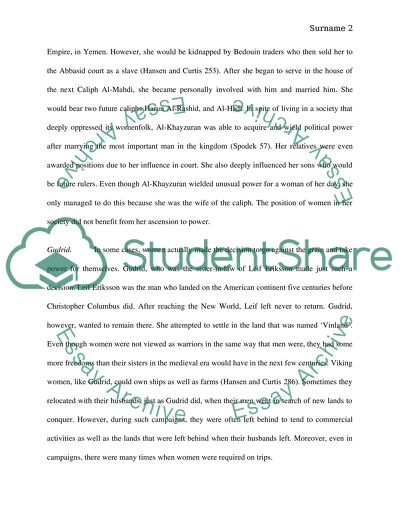Cite this document
(“The status of women around the world and whether it has changed over Essay - 1”, n.d.)
The status of women around the world and whether it has changed over Essay - 1. Retrieved from https://studentshare.org/history/1497676-the-status-of-women-around-the-world-and-whether
The status of women around the world and whether it has changed over Essay - 1. Retrieved from https://studentshare.org/history/1497676-the-status-of-women-around-the-world-and-whether
(The Status of Women Around the World and Whether It Has Changed over Essay - 1)
The Status of Women Around the World and Whether It Has Changed over Essay - 1. https://studentshare.org/history/1497676-the-status-of-women-around-the-world-and-whether.
The Status of Women Around the World and Whether It Has Changed over Essay - 1. https://studentshare.org/history/1497676-the-status-of-women-around-the-world-and-whether.
“The Status of Women Around the World and Whether It Has Changed over Essay - 1”, n.d. https://studentshare.org/history/1497676-the-status-of-women-around-the-world-and-whether.


